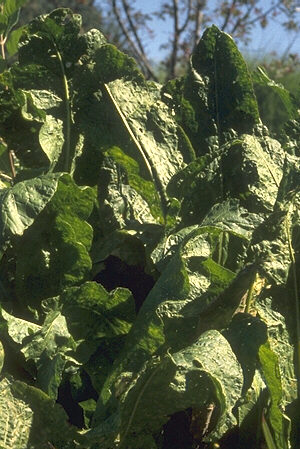
Description
Tall perennial glabrous herb, producing a stem up to one meter tall by the second growing season. It produces a large, pungent root and rather large four petaled white flowers typical of its family, the Cruciferae. The genus name is derived from Celtic, and refers to this plants proclivity to live in saline habitats.
The horseradish is native to eastern Europe and western Asia. Today it is widely cultivated in North America where it sometimes escapes from cultivation to grow along edges and banks.
Uses
Horseradish is best known for the firey-flavored condiment made from its root. There are two basic varieties of this sauce, one with vinegar and another with cream.; either way it is especially good with smoked oily fish. Cooking can reduce its flavor. A few of the tender young spring-time leaves may be added to a salad. Medicinally, horseradish has been used externally to treat infected wounds because of its anti-bacterial qualities.
History and Lore
Along with chicory, sow thistle, eryngo, and lettuce, this is said to be one of the five bitter herbs of passover, as prescribed by Exodus 12.8, "And they shall eat the flesh that night, roast with fire and unleavened bread; and with bitter herbs they shall eat it." Other authorities suggest this species has been in cultivation for no more than two millenia, and if this is true it is doubtful it would have been found on Moses' table.Horseradish is an important part of middle eastern and eastern European cuisine, but because of its bold flavor was considered too crude for the delicate palates of western Europeans until relatively recently.